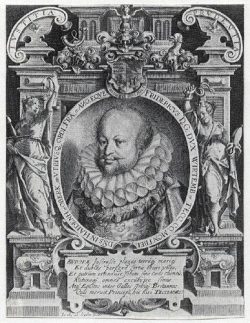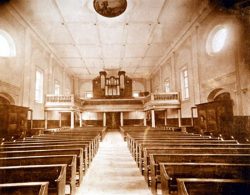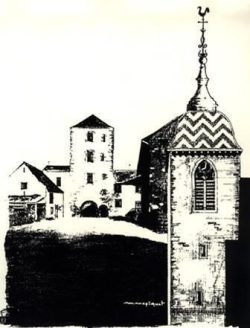The Montbéliard district during the 17th century
The Montbéliard county was under French influence as early as the 17th century but its independence by law made it a place of refuge when the edict of Nantes was repealed.
The heritage of the Reformation
By the end of the seventeenth century the Montbéliard county, owned by the House of Wurtemberg, had wholly adopted the Lutheran Reformation. In 1587, Duke de Guise and the members of his league invaded the county to penalise Count Frédéric (who ruled from 1580 to 1608) for his friendship with Henri de Bourbon, the future King Henri IV. Moreover, the county had accepted the presence of Admiral de Coligny’s son with his 3,000 troops heading for the German Protestant principalities.
The forces led by the de Guise family plundered the county and destroyed it. Contemporary memoirs mention the burning of 4 temples, 15 manses, 8 farms or princely estates, 10 craft workshops and 700 houses.
One of the largest Protestant churches in France
Once peace was restored, Count Frédéric undertook a journey to Italy with the architect Henri Schikhard. On his return he had the Protestant church of Saint-Martin built in Montbéliard. Its style was inspired by the Italian Renaissance. The construction lasted from 1601 to 1604. It is one of the largest Protestant churches in France today.
From 1618 onwards, the principality suffered the disastrous effects of the Thirty-Year War. In order to alleviate consequences of the war, Count Louis-Frédéric (who ruled from 1608 to 1631) undertook negotiations with King Louis XIII of France. As a result, a treaty of protection of the Montbéliard area was established to cover the latter’s occupation by detached French troops. This occupation was to last until after the 1648 peace of Westphalia. However, the practice of Lutheranism was not questioned. The war had brought its lot of sufferings and destructions, in addition to this, the area was affected by the plague in 1635 and 1637.
The Montbéliard County : a place of refuge
Count George ruled from 1662 to 1699. He was married to the great grand-daughter of admiral De Coligny, Anne de Châtillon, in 1648.
He had a second Protestant church built in Montbéliard. The church still exists but is no longer used as such but as a city cultural centre. It was to accommodate the growing number of adherents to the French Reformation emigrating to seek freedom of religious practice.
The Montbéliard County was located between the province of Franche-Comté and Alsace. The area was considerably troubled as a result of the wars led by Louis XIV to recover Franche-Comté (which he did in 1678) and in Alsace.
Louis XIV imposed the simultaneum
Louis XIV had his troops take the road from Besançon to Belfort, thus crossing Hericourt, the walls of which he had destroyed. In 1684 he ordered the Protestant church in the nearby village of Tavey to be exclusively attributed to the Catholics. This church, which still exists, was to be given back to the Protestants in 1908.
In 1700, he ordered the archbishop of Besançon to move Catholic priests into the head towns of the principality counties. The application of the simultaneum triggered off a lot of feuds and humiliation. Pastors were turned out of their manses and catholic priests moved in.
Nevertheless, the country was preserved from the violent persecutions such as other French provinces were to know in the after the revocation of the Edict of Nantes.
The Protestant churches of Colombier-Fontaine, Champey and Saint-Maurice were built during the second half of the seventeenth century.
The Montbéliard district during the 17th century
Montbéliard
Bibliography
- Books
- CANEL Charles, Histoire de la ville d’Héricourt, 1914
- LOVY René, Sanctuaires montbéliardais, 1949
- VIENOT John, Histoire des Pays de Montbéliard à l’usage de la jeunesse et des familles, Imprimerie Pierre Juillard, Audricourt, 1904
Associated notes
-
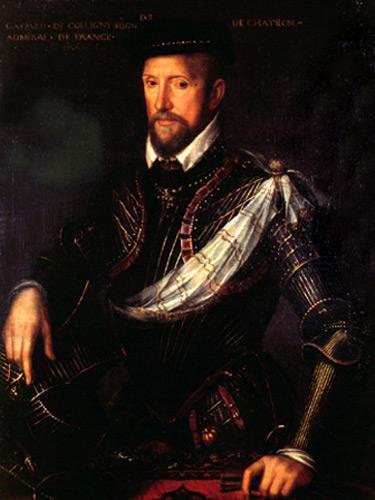
Gaspard de Coligny (1519-1572)
Gaspard de Coligny born in the influential Châtillon family, was naturally at the service of the King of France. However, after being made prisoner at the siege of Saint Quentin,... -

Montbéliard (Doubs)
The Saint-Martin Temple in Montbéliard is the biggest Protestant temple in France. -
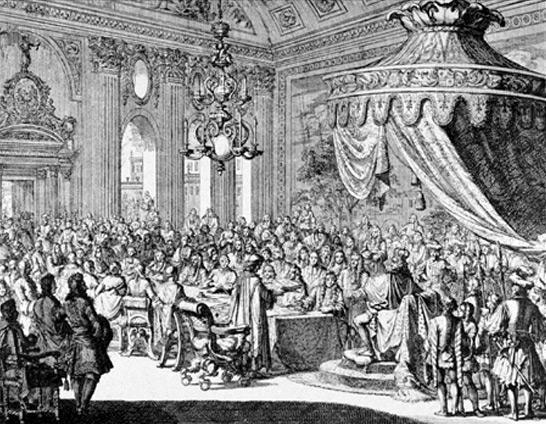
The period of the Revocation of the Edict of Nantes (1661-1700)
The Revocation of the Edict of Nantes by Louis XIV in 1685 led to the suppression of the Reformed Church in France and forced Protestants into exile or hiding. As... -
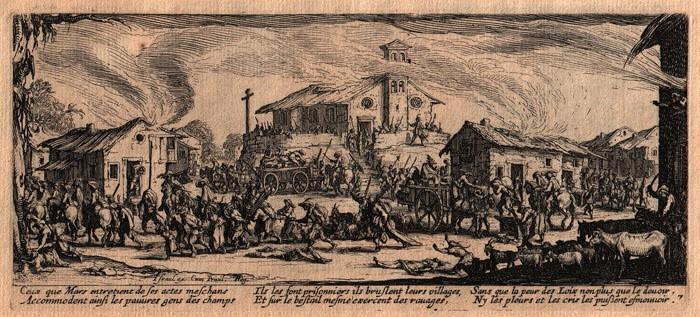
Alsace in the 17th century
In Alsace, repressive measures against the predominantly Lutheran protestant community were enforced when the French king took possession of it in the 17th century. However, conditions for the Protestants were... -
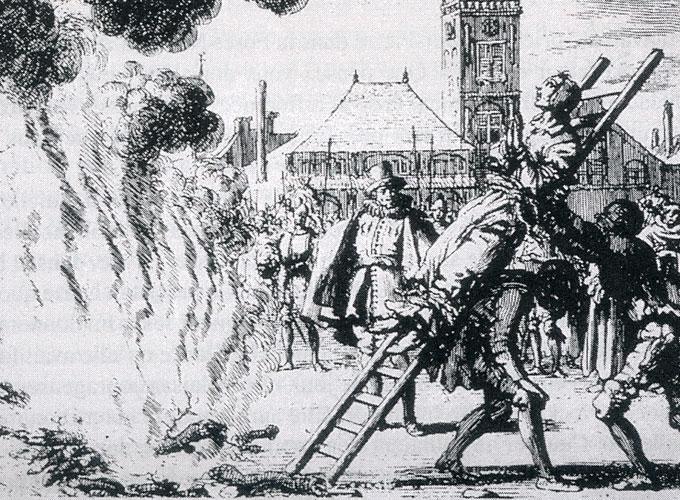
The birth of the Amish community in Alsace
The Amish first appeared amongst the Anabaptist community in Alsace towards the end of the seventeenth century. The founder, Jacob Amann, demanded a community with a more rigorous discipline. -
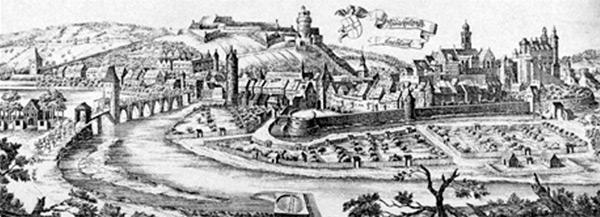
The Reformation in Montbéliard in 16th century
In the county of Montbéliard, the Reformation was mainly influenced by Luther, but for a while it was influenced by Guillaume Farel.

